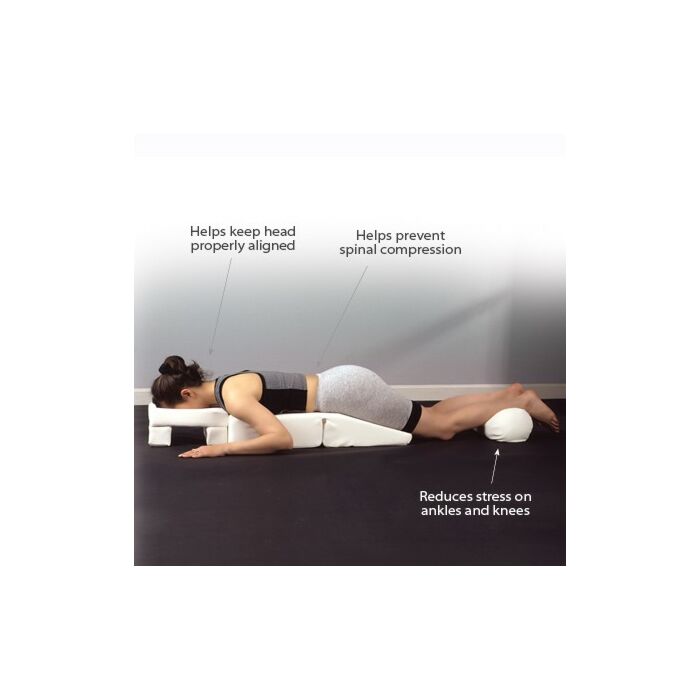

M.E.A.T. THERAPY MANUAL
Our therapy team utilizes an evidence-based manual therapy/ corrective movement approach to improve: With the collaborative approach of our therapists and nurses, we can help improve function and daily activities affected by PN. The Aviator clinical team can play a vital role in working with you to set up a personalized treatment plan for your specific needs and goals. Sharp, shooting, freezing or burning pain.Numbness/tingling in hands, feet, arms and legs.

What are the Signs and Symptoms of Peripheral Neuropathy? The Foundation for Peripheral Neuropathy estimates than 30 million Americans suffer from PN. What are Some Causes of Peripheral Neuropathy? Autonomic nerves that control body functions like blood pressure, heart rate, digestion, and bladder.Sensory nerves that receive sensations like pain, temperature, vibration, and touch.The function of peripheral nerves is to send messages from your brain and spinal cord to your body. The Mayo Clinic defines Peripheral Neuropathy, PN, as damage to peripheral nerves, causing weakness, numbness, and pain in the hands and/or feet, as well as, other areas of the body. Seeking the assistance of a Physical Therapist can also be a key component in recovery and help you return to what you enjoy doing, faster.
M.E.A.T. THERAPY HOW TO
Knowing and understanding these methods and that neither are currently the Gold Standard gives you options on how to address the injury. method may possibly demonstrate better overall outcomes however there is still a place for R.I.C.E. R.I.C.E and M.E.A.T are both tools to be placed in your toolbox for dealing with acute injury. Skilled clinicians can create home exercise programs and perform manual therapy techniques to aide with the recovery process, reducing your time on the couch.
M.E.A.T. THERAPY PROFESSIONAL
Evidence based treatment plans created by a trained professional can dramatically improve healing time and facilitate return to activity. Analgesics reduce pain which allow for improved movement and exercise participation. The analgesics I am referring to are typically topical creams, TENS(electrical stimulation) units, and even proteolytic enzymes/supplements. is Analgesics and should not be confused with NSAIDs or narcotic medications. Exercise, another major component of M.E.A.T., will help decrease the loss of muscle function, improve movement quality as well as increase range of motion. Through Movement we can increase circulation of blood and decrease the likelihood for scar tissue build up while also focusing on preserving and improving range of motion.

Ligaments and tendons are known for having extra elasticity due to their collagen based roots, but both have a poor and more indirect blood supply. stands for Movement, Exercise, Analgesia, and Treatment. method however, there is another method demonstrating greater promise. This does not completely invalidate the R.I.C.E. method has been widely used for a long time, the research has not been able to conclusively document its effectiveness. All of these factors may contribute to a slower healing time and slower return to activity.Īlthough the R.I.C.E. CompressionĬan also limit the blood flow to the affected area. IceĬonstricts blood vessels which restricts blood flow and subsequently limits healing factors from reaching the affected area. Ice is another element that can initially help reduce pain levels and edema but can actually hinder the recovery process as well. May initially reduce aggravation or exacerbation of pain in the injured area, it will also limit movement and promote loss in range of motion. may potentially slow the speed of recovery. While the concept of RICE (Rest, Ice, Compression, and Elevation) has made sense as the most popular protocol in the past, it is now being challenged and should not be the only tool in your professional bag.Īctually, R.I.C.E. We all know the old adage of R.I.C.E as being the one and only acronym to aide with the recovery of an acute injury. “Slap some ice on it, you’ll be alright!”


 0 kommentar(er)
0 kommentar(er)
